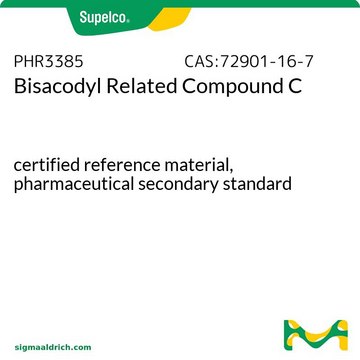671916
trans-Bis(acetato)bis[o-(di-o-tolylphosphino)benzyl]dipalladium(II)
98%
Synonym(s):
trans-Di(μ-acetato)bis[o-(di-o-tolyl-phosphino)benzyl]dipalladium(II), trans-Di-μ-acetatobis[2-[bis(2-methylphenyl)phosphino]benzyl]dipalladium, Herrmann′s catalyst, Herrmann′s palladacycle, Herrmann-Beller catalyst, Herrmann-Beller palladacycle, cataCXium® C
About This Item
Recommended Products
Quality Level
Assay
98%
reaction suitability
reaction type: Buchwald-Hartwig Cross Coupling Reaction
reaction type: Cross Couplings
reaction type: Heck Reaction
reaction type: Hiyama Coupling
reaction type: Negishi Coupling
reaction type: Sonogashira Coupling
reaction type: Stille Coupling
reaction type: Suzuki-Miyaura Coupling
reagent type: catalyst
core: palladium
reagent type: ligand
reaction type: Asymmetric synthesis
functional group
phosphine
SMILES string
CC(=O)O[Pd]Cc1ccccc1P(c2ccccc2C)c3ccccc3C.CC(=O)O[Pd]Cc4ccccc4P(c5ccccc5C)c6ccccc6C
InChI
1S/2C21H20P.2C2H4O2.2Pd/c2*1-16-10-4-7-13-19(16)22(20-14-8-5-11-17(20)2)21-15-9-6-12-18(21)3;2*1-2(3)4;;/h2*4-15H,1H2,2-3H3;2*1H3,(H,3,4);;/q;;;;2*+1/p-2
InChI key
YRGPDGDJUOTURS-UHFFFAOYSA-L
General description
Application
Legal Information
Storage Class Code
11 - Combustible Solids
WGK
WGK 3
Flash Point(F)
Not applicable
Flash Point(C)
Not applicable
Personal Protective Equipment
Choose from one of the most recent versions:
Already Own This Product?
Find documentation for the products that you have recently purchased in the Document Library.
Customers Also Viewed
Our team of scientists has experience in all areas of research including Life Science, Material Science, Chemical Synthesis, Chromatography, Analytical and many others.
Contact Technical Service









